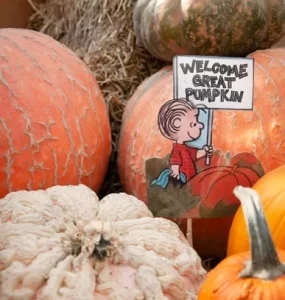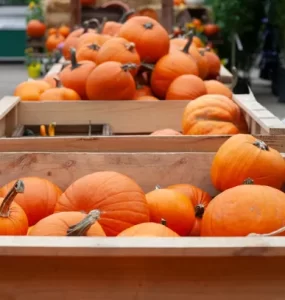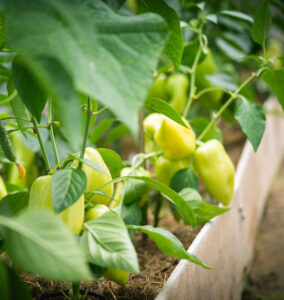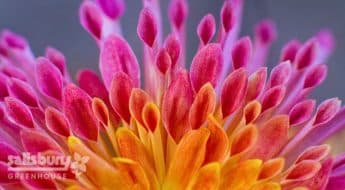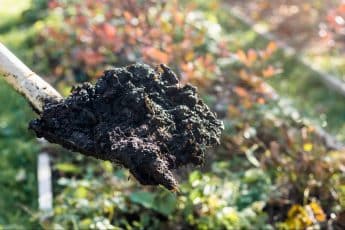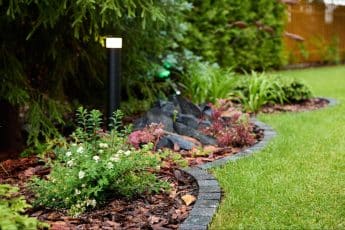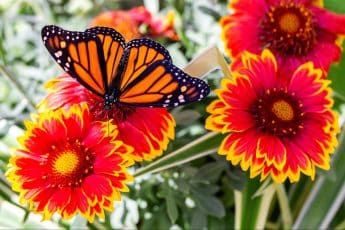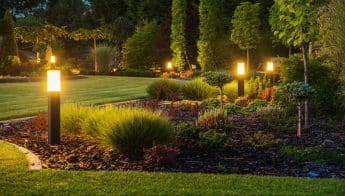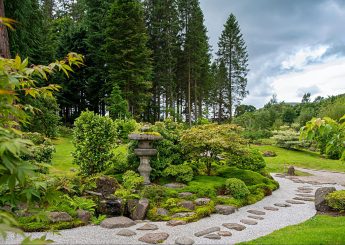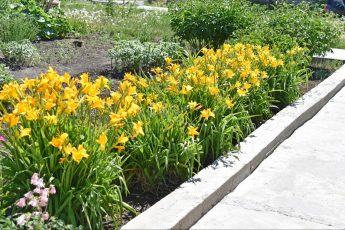Edible Flowers 101
by Rob Sproule
Watch videos on How to grow your own food Here
At its very core, gardening is about having fun and being creative. When it comes to finding inspiration for our creativity, gardeners are as keen on resurrecting old trends as they are on exploring new trends.
Edible flowers have been around for millennia. From Chrysanthemum wine in Ancient China to Queen Victoria’s love of candied violets, we’ve always found creative things to do with our favourite plants.
Growing your own Edibles
Luckily, the most popular edible flowers are also easy to grow from seed. Most of them are classic varieties, like violas and nasturtiums, and seed is easy to find.
Follow the directions on the seed package. For types like nasturtiums, and if the spring has finally banished the frost, you can direct seed them as you would lettuce into your containers. Soaking nasturtium seeds overnight will speed up their germination.
I recommend starting pansies and violas inside because they need to germinate in the dark. Cover the seed trays with clear plastic domes and a layer of newspaper, removing only to keep watered, until they germinate.
Harvesting Edibles
Harvest your edible flowers when they’re at their peak and avoid any with spots, discolouration, or pests. Flaws that seem minimal in the garden will become obvious on the dinner table.
Morning is the best time to pick your edibles because that’s when the flowers are full of moisture. Cut the stems before you go to work and leave them in a small jug of water as you would any cut flower.
When you get home, cut the blooms off and separate the reproduction organs from the rest of the flower. Although these are often edible, the pollen on the anthers leaves a fuzzy texture in the mouth and can stain tablecloths and napkins.
Wash them gently and air dry on a paper towel. They don’t last more than a few hours off their stems, so try to make them one of the last things you prepare.
Most edible flowers lose their colour when they’re heated, so stick to cold dishes like deserts and salads. That being said, there are a vast array of options available!
The Best Edibles and their uses
I would need a book to cover all the edibles and what you can do with them, so here are a few popular varieties. If you are just starting out, avoid varieties with a blend of edible and toxic parts. Spend some quality time with Captain Google to get the facts before you eat it.
Pansies & Violas: The quintessential edible flower! Popular in the Victorian era, they can be used as garnish for deserts or drinks or added to salads. You can also freeze them into ice-cubes. They have a mild wintergreen taste.
Nasturtiums: Easy to grow and gorgeous on the dinner table, nasturtiums have a mild peppery taste. Use the pedals as a burst of colour in salads and pasta dishes and the leaves in summer sandwiches. You can also use the flowers with savoury appetizers.
Marigolds: These are unmistakable golden beauties that help keep pests off vegetables and herbs and look great in container gardens. As edibles, you can they have a peppery flavour and a warm blast of colour. Sprinkle the individual pedals over fruit and cheese or use in salads.
Tuberous Begonias: Begonia pedals have a tart, citrusy taste that is excellent in salads or as a garnish. You can use the stems as a substitute for rhubarb. Avoid begonias if you have gout, kidney stones, or rheumatism.
Things to remember
Getting creative with edible flowers has a lot of rewards, but there are a few things that you should keep in mind before you start nibbling on the pansies on the box-store shelves.
As with anything edible, make sure you know where it came from before you eat it. If you don’t grow your own, which is ideal, make sure to buy them from a grower so that you can ask if they’ve sprayed pesticides. Never pick edible flowers from the side of the road because they’ll have been marinated in carbon monoxide.
Begin experimenting with edible flowers slowly. As with any new group of foods, introduce them to yourself one at a time so that you can pinpoint any allergic reactions.


